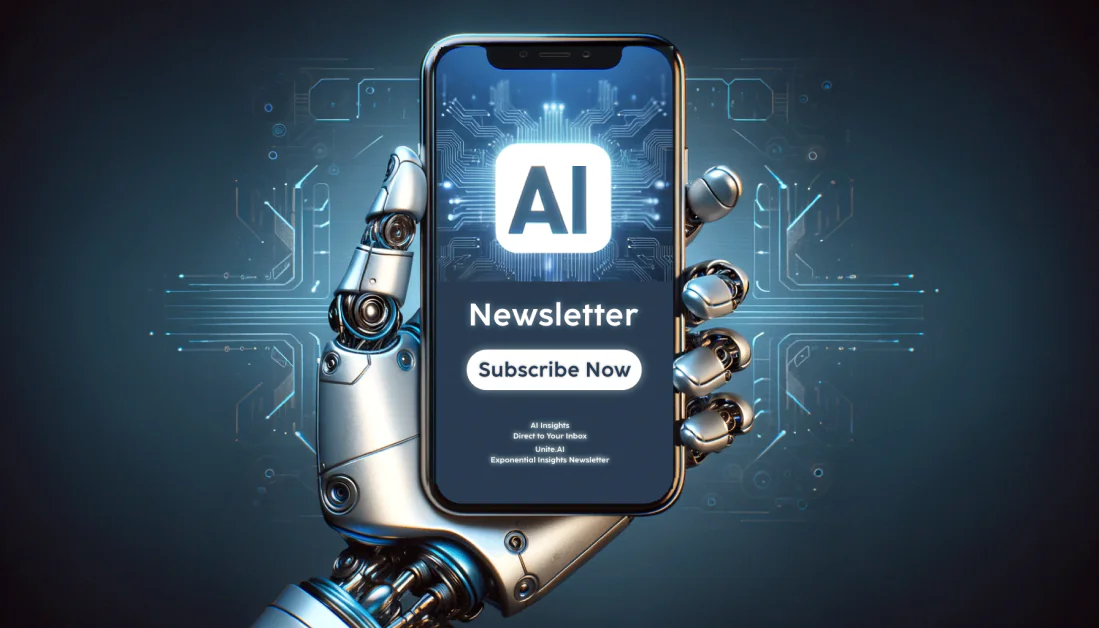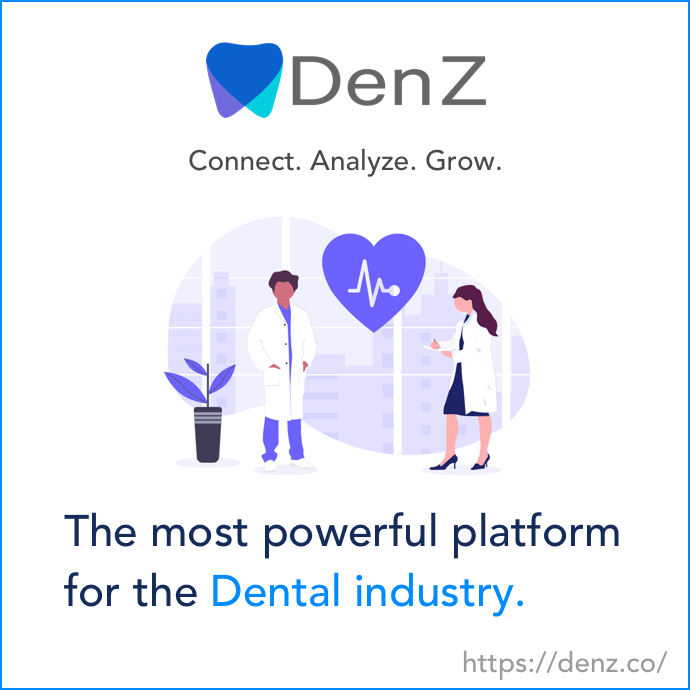For companies, balancing AI adoption and environmental impact is an imperative. According to the World Economic Forum (WEF), the power needed to support AI’s growth is doubling every 100 days. By 2028, AI’s energy consumption could exceed the total power used by Iceland in 2021. AI can be a double-edged sword: while it can significantly advance environmental initiatives, it can be equally detrimental if used carelessly.
There’s no universal blueprint for sustainable AI use—each organization’s approach must align with its unique circumstances. Instead, integrating AI and furthering eco-friendly objectives requires a certain attitude.
Think about the lines that form outside Apple stores on product launch days: early adopters proudly displaying the latest gadgets as status symbols. That mindset won’t work here. Companies shouldn’t rush to adopt flashy AI tools simply to be seen as trendsetters. Instead, they should focus on purposeful AI implementation that supports long-term sustainability goals.
Here are some strategies to consider.
Automate with an eye toward energy savings
Some leaders might frown on employees taking shortcuts, but I never do. At Jotform, I encourage employees to continually look for faster ways to accomplish their busywork, as long as the quality of their output doesn’t falter. Automation is the heart of our business and central to our culture. If there’s an automated tool that can handle a tedious, manual task, then I say: go for it.
As it happens, automating tasks using AI tools can also further your sustainability goals. As the WEF notes, optimizing scheduling for energy savings, i.e., shifting AI workloads to correspond with times of lower energy demand, is an impactful tactic for leveraging AI and lowering your carbon footprint.
Let’s say you’ve chosen an AI tool to automate regular security scans to protect your data. Programming those tasks overnight is an easy way to become more energy efficient. General energy consumption tends to decrease during the evenings, and energy grids get a breather and can run more efficiently. As an incidental benefit, your energy costs often drop, too.
Or, if you’re in a geographic region with warm weather and generous AC usage, you can shift energy-demanding projects to cooler months, when energy grids are less strained. Importantly, these shifts require forethought but require almost no additional effort. They can amount to significant energy conservation.
Choose foundational models
Imagine you’re in the kitchen of a Michelin-starred restaurant. The chefs have all been trained in culinary schools and high-caliber restaurants. Together, the team can execute all types of dishes and innovate new ones. If someone wants to put together an incredible meal, they don’t have to train an entirely new team of chefs—they can use this one, leveraging their existing expertise and providing tailored guidance.
In AI, that’s the idea of a foundational model: an advanced program that has already been trained on huge amounts of data. If someone needed a certain AI tool, they could start with this foundational model rather than building a model from scratch.
Writing for Harvard Business Review, Christina Shim, chief sustainability officer at IBM, explains why opting for foundational models is an energy-efficient approach. As opposed to creating a new model, “foundation models can be custom-tuned for specific purposes in a fraction of the time, with a fraction of the data, and a fraction of the energy costs.”
Shim notes that the size of a foundational model can also make an impact—most come with either 3, 8, or 20 billion parameters. Per IBM research, smaller models trained on specific and relevant data can perform just as well as the larger ones, but faster and consume less energy. Bigger isn’t always better. As Salesforce put it, opting for the biggest, most powerful model for specific enterprise needs is like “using a semi-truck to go get groceries or pick up a single passenger”—in other words, completely unnecessary.
Larger models do, however, come with heftier price tags. Taking the time to choose a model that’s scaled to your objective is a worthwhile investment that can ultimately save financial and ecological resources.
Opt for open-source software
Another crucial choice at the beginning of any AI journey is whether to opt for open-source software. Open-source options might not solve every problem, but in many cases, they can provide an energy- and cost-effective solution that draws upon the wisdom of countless experts. You can focus on improving an existing solution (and sharing the results), rather than taxing the energy grids to reinvent the wheel each time. As Shim notes, open-source software enjoys the benefit of collective improvement—with more eyes on the problem, the resulting product is better, and the energy demand in the development phase is distributed among the users.
Good software is worth the money but it needs to fit your needs and budget—an increasingly relevant consideration during times of inflation. In many cases, an open-source solution is available for free or at a fraction of the cost.
Implement automation to enhance system efficiency
Finally, AI-powered automation tools can save energy insofar as they help to boost system efficiency. They can do this directly, by slashing hours needed to perform tedious tasks. For example, if you’re conducting research, tools like ChatGPT can eliminate hours of sitting in front of a monitor screen by identifying and synthesizing key information in seconds.
AI tools can also play a role in the systems-planning stage. Take Salesforce: their data center infrastructure team uses AI to predict and anticipate their customers’ usage patterns, then automatically scales the volume of servers required. This allows them to tailor the way their data center infrastructure is used and avoid wasting excess energy. Likewise, the software company uses AI to make decisions to reduce its carbon footprint by analyzing millions of data points from the supply chain, business travel, real estate, and more.
AI can perform like a sustainability consultant, ideally saving more energy than required to perform the corresponding analyses and tasks. In that sense, AI can be a single-edged sword, delivering more benefits than any associated drawbacks.

Credit: Source link










































